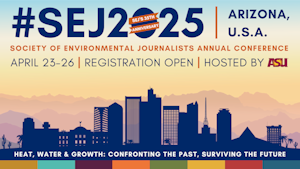"The growth of homes in areas primed to burn played a major role in the disaster."
"Fierce winds and months of drought set the conditions for the catastrophic wildfires in Los Angeles this month. But the growth of housing in and around the city’s fire-prone hills over the past few decades also played a major role.
Most of the homes that have been damaged or destroyed so far were nestled in or near hillsides covered with highly flammable vegetation. Even dense urban neighborhoods like Altadena were vulnerable to embers blown from the burning hills nearby.
Across the country, including in California, millions of Americans have been moving to places at risk of burning, particularly developments on the outskirts of cities that bump up against forests, grasslands and shrub lands. The rapid growth in these areas, known as the “wildland-urban interface,” has increased the odds of devastating blazes, especially as climate change fuels larger and more intense wildfires across the West."
Mira Rojanasakul and Brad Plumer report for the New York Times January 15, 2025.













 Advertisement
Advertisement 



